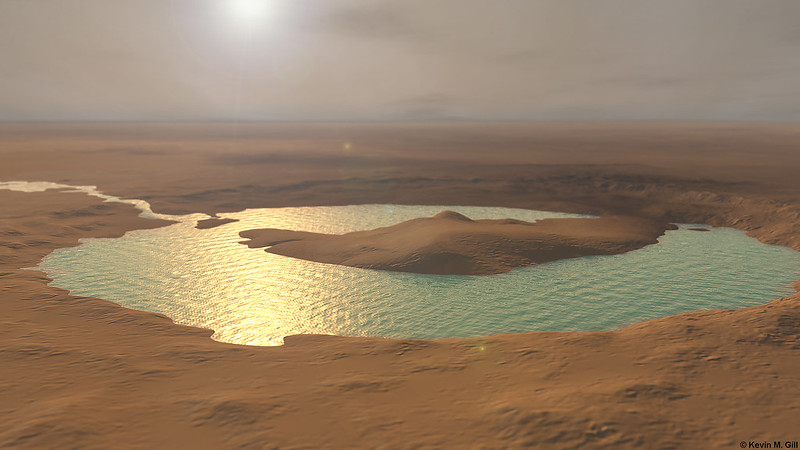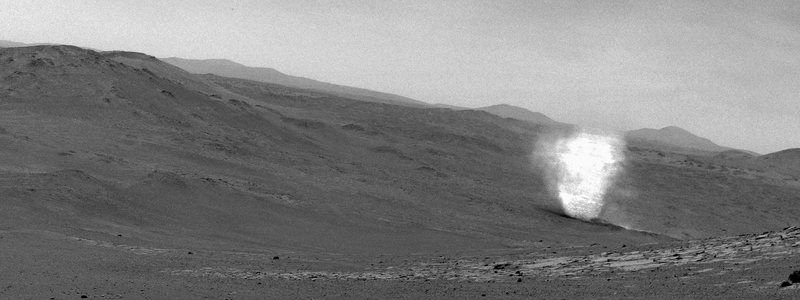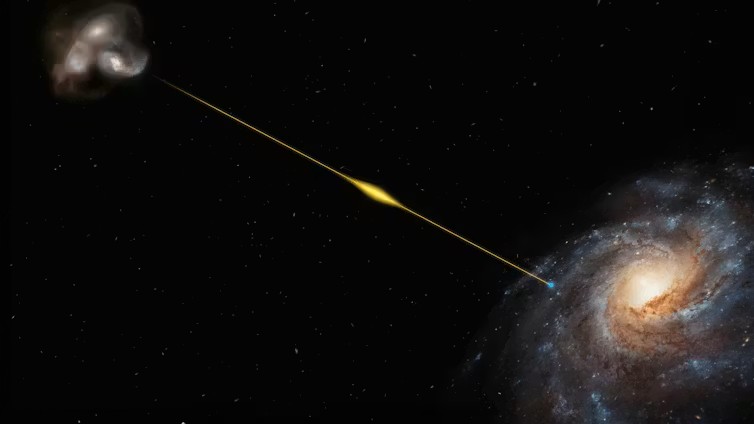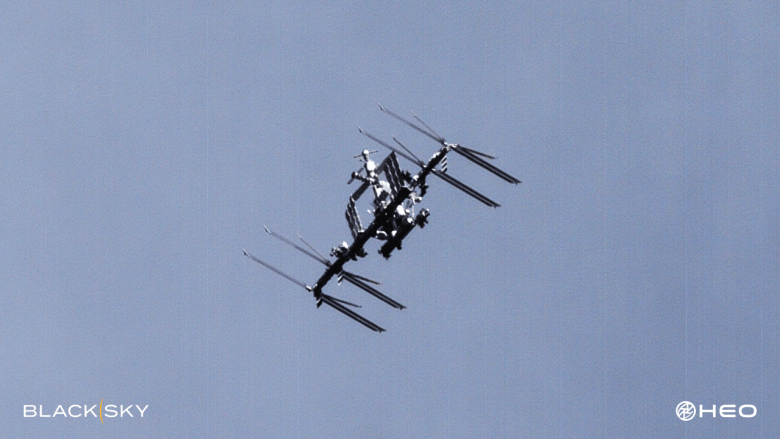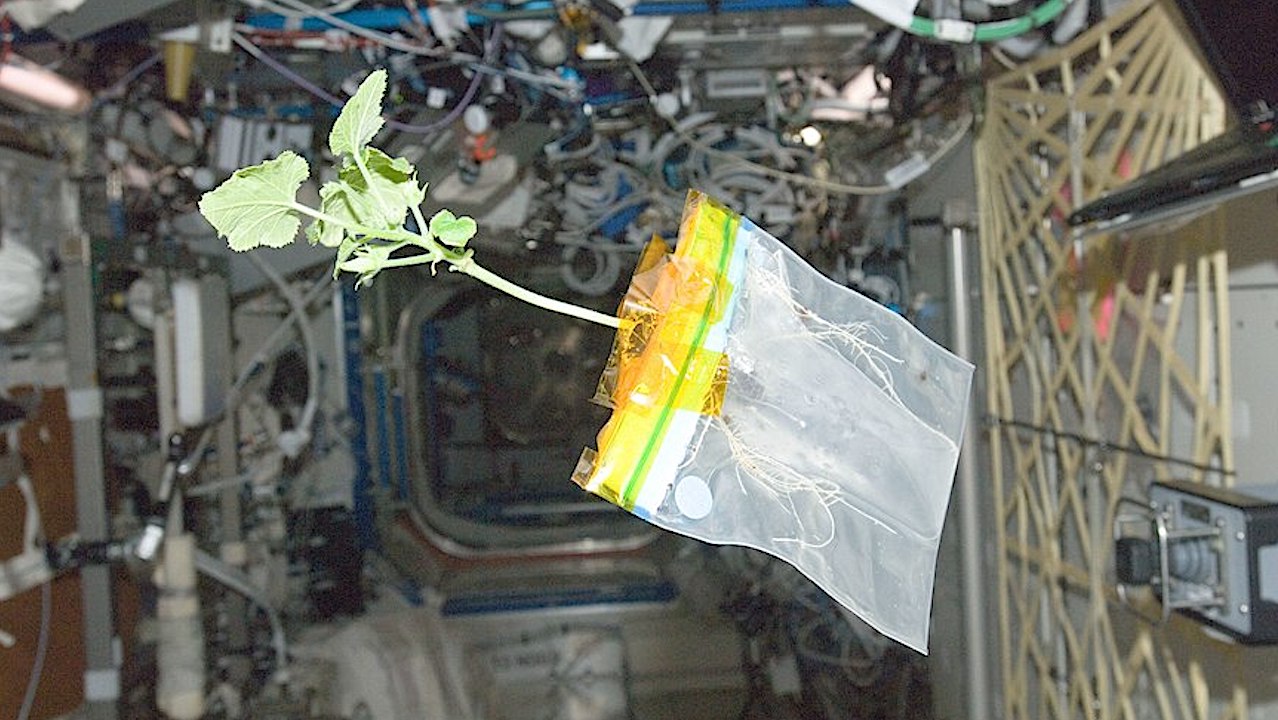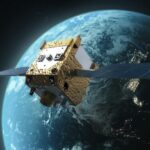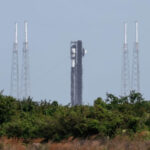Now Reading: Venus’ clouds could soon be brought to Earth
-
01
Venus’ clouds could soon be brought to Earth
Venus’ clouds could soon be brought to Earth
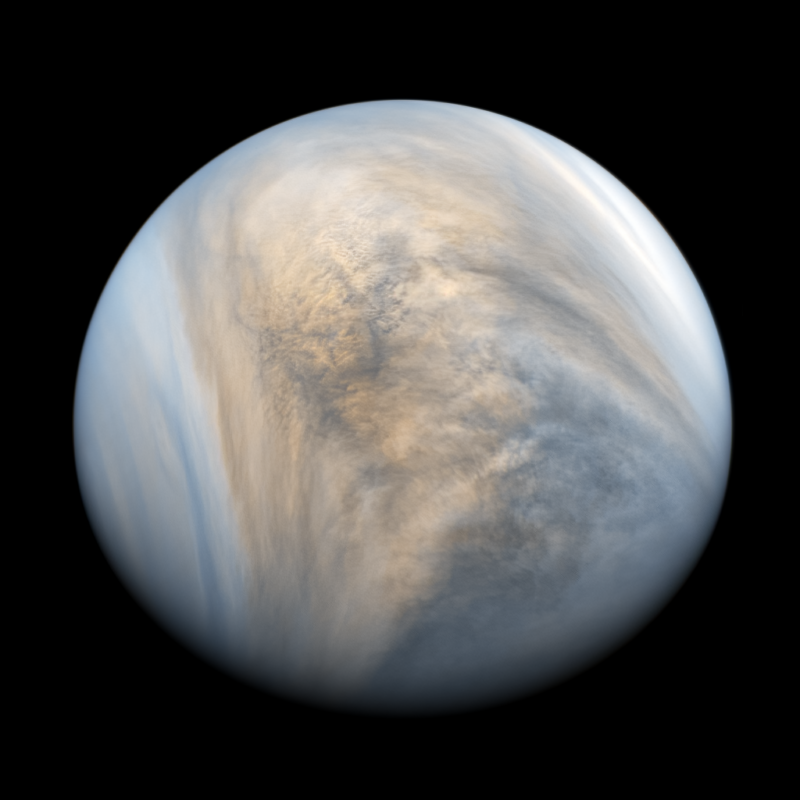

- Venus is completely enveloped by a thick layer of clouds that hide the surface from human eyes.
- China is planning to send a sample-return mission to Venus in the early 2030s, which would bring samples of Venus’ clouds.
- One of the most exciting objectives is to search for possible evidence of microbial life in Venus’ atmosphere.
Space agencies have sent numerous missions to Venus, including landers, orbiters and flyby spacecraft. And now, China wants to do something never attempted before: bring samples of Venus’ clouds and atmosphere to Earth. Chinese officials recently gave a presentation on the early plans for this mission, which is currently scheduled for 2033. The researchers involved say that the major goals include studying the unusual ultraviolet (UV) absorbers in the atmosphere and searching for possible microscopic life in the clouds.
Bringing samples of Venus’ clouds back to Earth
There’s been a lot of debate recently about NASA’s sample-return plans for Mars, which are now in danger of being canceled altogether. Venus is a lot closer to Earth than Mars, but a Venus sample-return mission will still be difficult. Temperatures and pressures in the middle layers of the atmosphere are similar to Earth, but the clouds are heavily laced with droplets of corrosive sulfuric acid.
The probe will have to enter the atmosphere and collect the samples, before a separate ascent rocket brings them to another orbiting spacecraft. That spacecraft will then return them to Earth.
The mission’s primary goals are to study the evolution of Venus’ atmosphere over time, explain the atmosphere’s unusual UV absorbers – dark patches that absorb ultraviolet light – and find out if microbes could actually exist in Venus’ clouds. Some scientists have speculated that the UV-absorbing patches themselves could even be composed of microbes.
The mission is part of a long-term roadmap that China presented to the public last fall. The Venus mission would be in the second half of that roadmap, from 2028-2035.
Is there life on Venus? China wants to find out.
— IEEE Spectrum (@spectrum.ieee.org) 2025-05-06T13:20:23.397Z
Venus atmospheric sample return mission concept: payloads include sample collection device, in-situ atmospheric component analysis equipment, etc. Launch ~2033, looking for traces of life in the Venusian atmosphere
— Andrew Jones (@andrewjonesspace.bsky.social) 2025-03-28T08:47:06.004Z
Surviving the corrosive atmosphere and other challenges
Needless to say, an atmosphere dripping in sulfuric acid poses a challenge. Although few details are known, the Chinese mission plans depict a winged vehicle for entering the atmosphere and collecting the samples.
An earlier NASA sample-return mission proposal in 2022 from the Massachusetts Institute of Technology (MIT) called for a balloon coated in teflon. The teflon would help protect the balloon from corrosion. That mission was never funded, however.
Venus’ atmosphere is also highly dense, with clouds and haze completely obscuring the surface below. This poses a challenge for any atmospheric mission. Rachana Agrawal at MIT said:
On Venus, we don’t have GPS in the clouds. The rocket cannot see the stars or the surface, and Venus doesn’t have a magnetic field.
A separate ascent vehicle will also be needed to bring the samples from the atmospheric vehicle to the orbiter. As Agrawal noted:
We don’t know much about the atmosphere, so we don’t know what the local conditions are. So it could be a very dynamic environment that the rocket has to launch from.
All of these challenges will need to be addressed before the mission can proceed.
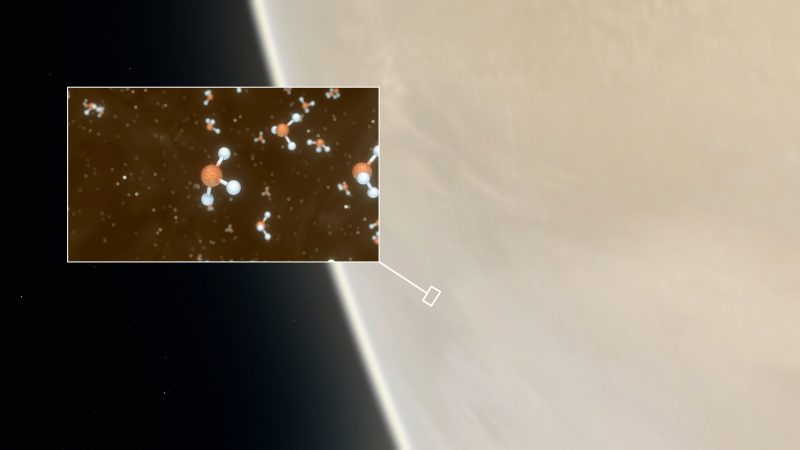

The search for life
One of the most exciting aspects of the mission is the search for life in Venus’ clouds. Scientists have long postulated that microbes could survive in the middle layers of the atmosphere where temperatures and pressures are much more Earth-like than on the surface.
Indeed, when scientists announced in late 2020 that they had detected phosphine – a gas with strong links to life on Earth – in Venus’ atmosphere, the news was met with both excitement and skepticism. The debate has continued since then, with conflicting assessments as to how much phosphine there is, or if it’s even there at all.
In July last year, two teams of researchers said they re-detected the phosphine and possibly ammonia as well, which is another potential biosignature. They also reported finding phosphine deeper in the atmosphere than previously thought.
Another study last year showed that amino acids – the building blocks of proteins – could remain stable in Venus’ atmosphere, even within droplets of sulfuric acid.
Physicist Sara Seager at MIT was part of the team that worked on the sample-return proposal in 2022. She said:
Although our DNA cannot survive, we have started to show that [a] growing number of organic molecules, biomolecules, are stable. And so we’re envisioning there could be life on Venus.
I’m superexcited about this. Even if there’s no life, we know there’s interesting organic chemistry, for sure. And it would be amazing to get samples in hand to really solve some of the big mysteries on Venus.
Bottom line: China wants to bring samples of Venus’ clouds to Earth by 2033. The mission would study the atmosphere and would search for possible microbial life.
Read more: Amino acids on Venus? New study says it’s possible
Read more: Active Venus volcanoes revealed again in Magellan data
The post Venus’ clouds could soon be brought to Earth first appeared on EarthSky.
Stay Informed With the Latest & Most Important News
Previous Post
Next Post
-
 012024 in Review: Highlights from NASA in Silicon Valley
012024 in Review: Highlights from NASA in Silicon Valley -
 02Panasonic Leica Summilux DG 15mm f/1.7 ASPH review
02Panasonic Leica Summilux DG 15mm f/1.7 ASPH review -
 03How New NASA, India Earth Satellite NISAR Will See Earth
03How New NASA, India Earth Satellite NISAR Will See Earth -
 04From Polymerization-Enabled Folding and Assembly to Chemical Evolution: Key Processes for Emergence of Functional Polymers in the Origin of Life
04From Polymerization-Enabled Folding and Assembly to Chemical Evolution: Key Processes for Emergence of Functional Polymers in the Origin of Life -
 05And Thus Begins A New Year For Life On Earth
05And Thus Begins A New Year For Life On Earth -
 06Astronomy Activation Ambassadors: A New Era
06Astronomy Activation Ambassadors: A New Era -
07SpaceX launch surge helps set new global launch record in 2024












